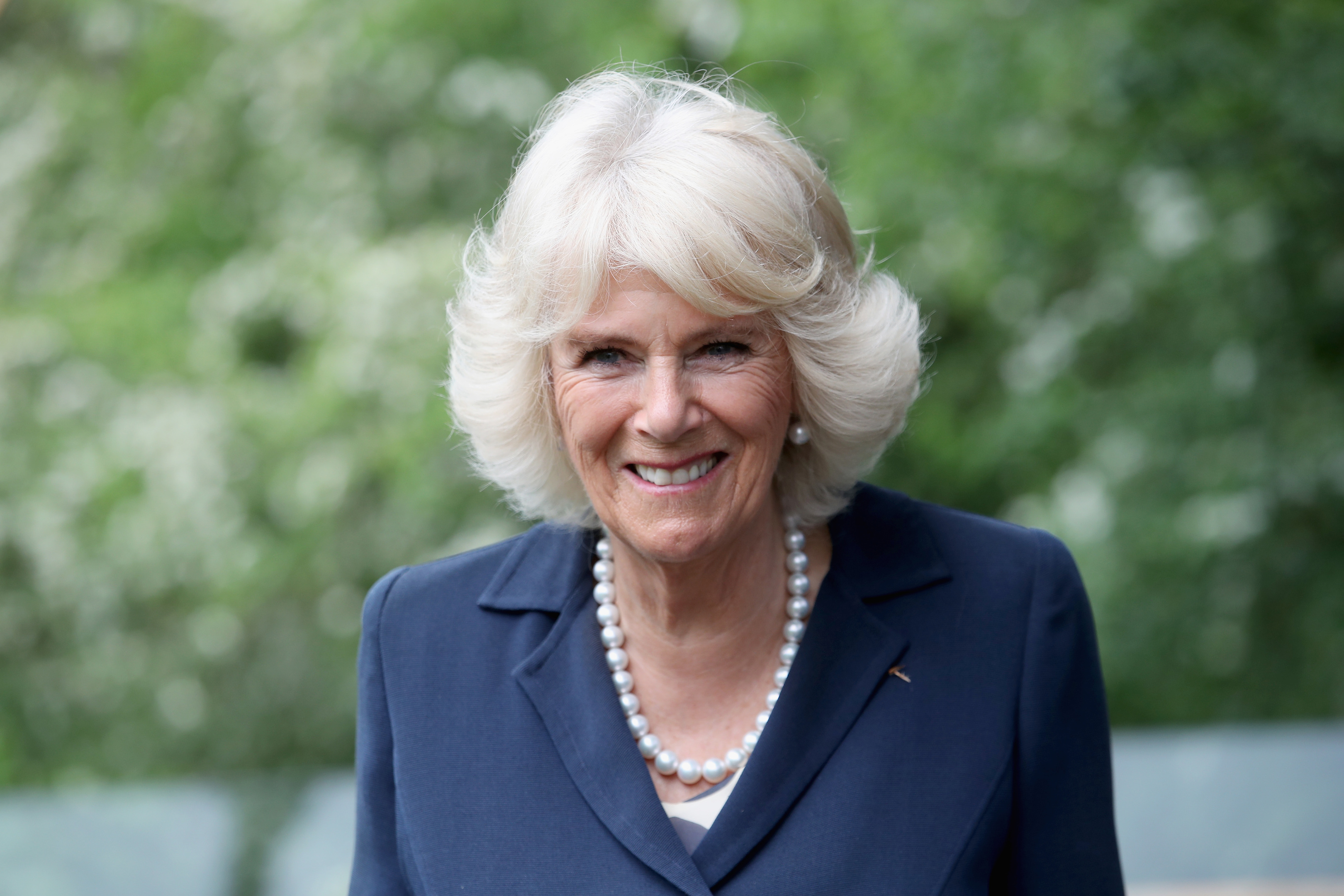
A BIOGRAPHY of Camilla Parker Bowles sheds new light on the life of the second wife of Prince Charles.
She’s the woman he really should have married in the first place as it’s abundantly clear Camilla was the love of his life.
The book by Penny Junor, who also wrote a biography of Charles, rehashes the trials and tribulations of his turbulent marriage to the late Princess Diana.
The book is about Camilla but there’s obviously a large chunk about her “rival” Diana, who is not portrayed in the most sympathetic light, which is I think is horribly unfair.
Diana was a naive teenager when she met and married the Prince and she received very little help in adjusting to life in the spotlight.
She learned by her mistakes, but suffered greatly in the process.
In the early days Charles wasn’t happy to be overshadowed by his beautiful young wife, and although she might have been smiling in all those photos, the poor girl was struggling badly with bulimia.
Charles couldn’t – or wouldn’t – deal with his emotional wife and eventually went back to Camilla.
The book alleges Diana was ill-educated, immature as well as hysterical and that she threw tantrums about her husband’s relationship with Camilla.
Put yourself in Diana’s shoes.
She quickly realized that her husband was in love with another woman and that “there were three people in the marriage”.
She was trying to cope on her own and she desperately wanted her husband to love her.
This was back in the ’80s when we were even more useless at dealing with any sort of mental health problems than we are today.
According to the book the marriage was a disaster almost from the start.
Diana was jittery before the actual wedding but was basically told that she couldn’t back out now “as her face was on the souvenir tea towels”.
The two had little in common apart from their sons, who they both adored, and always in the background there was Camilla.
Charles would phone her for advice and sympathy about his “difficult” wife and eventually they reignited their affair.
By this time Diana had boyfriends of her own and soon afterwards she and Charles were divorced.
We all know what happened when Diana was stripped of her HRH title, no longer received royal protection and ended up in dying in that horrible car accident in Paris.
Camilla has played the long game.
She and Charles were finally married in 2005 and it has been a very happy marriage for both of them.
They were always well suited and she makes him deeply contented.
This biography marks Camilla’s 70th birthday this month.
She has won over most of the country but there will always be die-hard Diana fans who simply will never accept her and would be very angry if she were ever to be declared Queen.
The whole rather sad, and in Diana’s case utterly tragic, saga could all have turned out so differently if Charles and Camilla had married one another in the first place all those many years ago when they were in their 20s and in love.

Enjoy the convenience of having The Sunday Post delivered as a digital ePaper straight to your smartphone, tablet or computer.
Subscribe for only £5.49 a month and enjoy all the benefits of the printed paper as a digital replica.
Subscribe